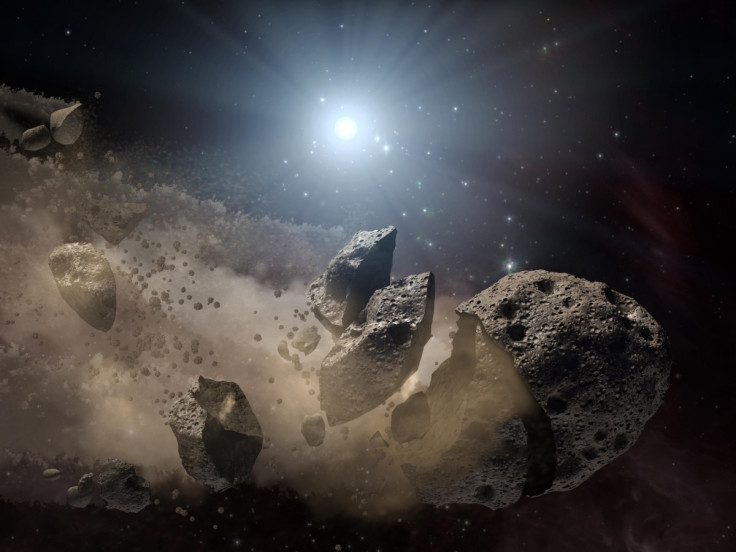Asteroid Believed to be 'Missing Link' to Life on Earth

Scientists in Sweden have uncovered a unique fossil meteorite which has been dubbed a "bullet" asteroid, which may be a trace from a collision that initiated the evolution of life on Earth.
The portentous rock was unearthed from a limestone quarry west of Stockholm. It's not one of the meteors known as an L-chondrite that showered the Earth 500 million years ago, but rather a so-called "impactor" - a fragment of the "largest documented asteroid break-up event of the past three billion years".
Birger Schmitz from Lund University, who analysed its microscopic crystals, said: "This was the largest documented asteroid break-up event of the past three billion years."
"The asteroid impact at the end of the Cretaceous period, believed to have killed the non-avian dinosaurs, was tiny in comparison."
Two asteroids (or possibly an asteroid and a comet) are said to have collided in the asteroid belt in space that dispersed fragments of the meteors, (L-chondrites), across the globe.
"The fact that the latest fossil comes from the same rock layers as the L-chondrites suggest that it is a piece of that second asteroid," Schmitz said.
"It's a very, very strange and unusual find.
"I think it adds to the understanding that the meteorites that come down on Earth today may not be entirely representative of what is out there."
"Something we didn't really know about before was flying around and crashed into the L-chondrites," said Gary Huss, co-author of the study that analysed the sample (published in Earth and Planetary Science Letters). This newly-discovered fragment is thought to be that very object – the mysterious 'bullet'."
David Harper at Durham University, UK, told the New Scientist: "The team may at last have identified the impactor responsible for the break-up of the parent body of the L-chondrite meteorites.
He added that it was a direct remnant of one of the most violent events in our solar system's history.
© Copyright IBTimes 2025. All rights reserved.






















